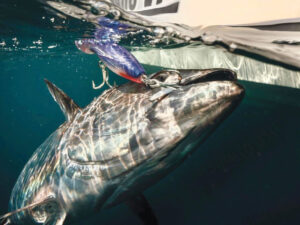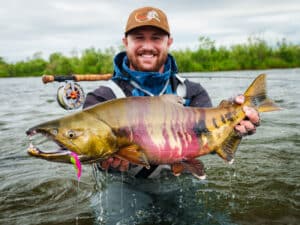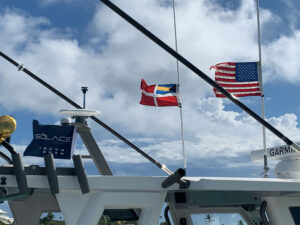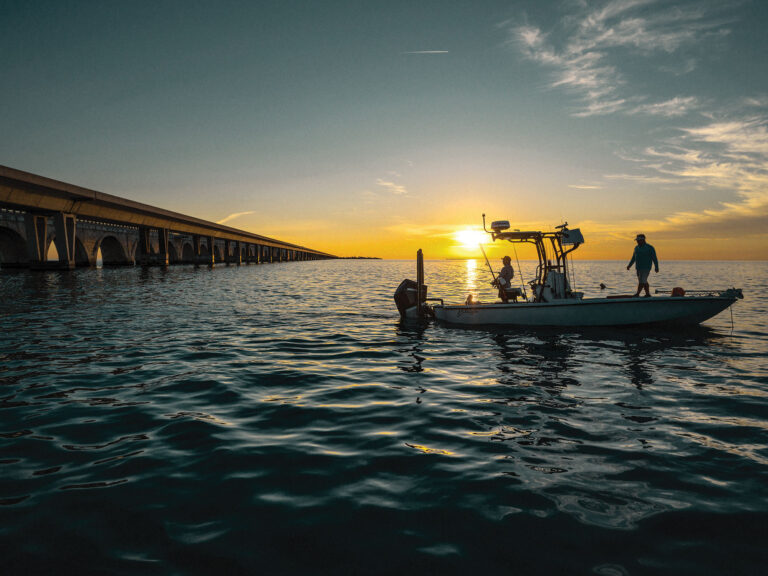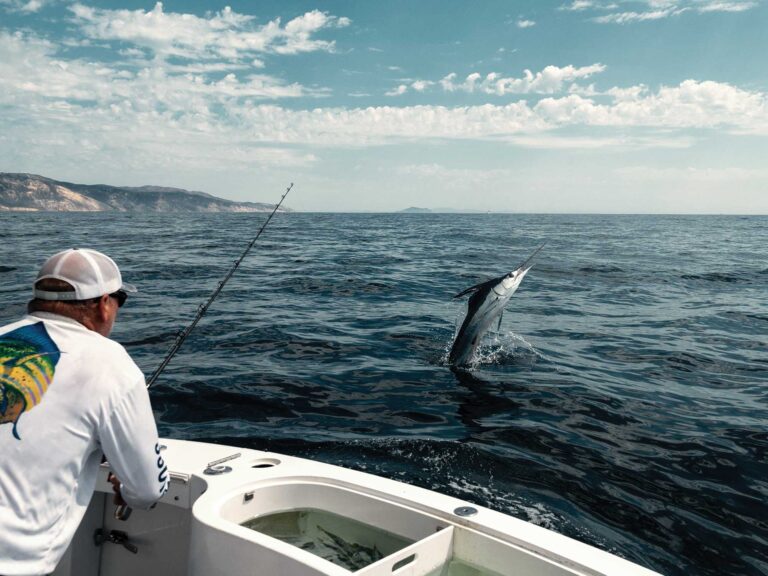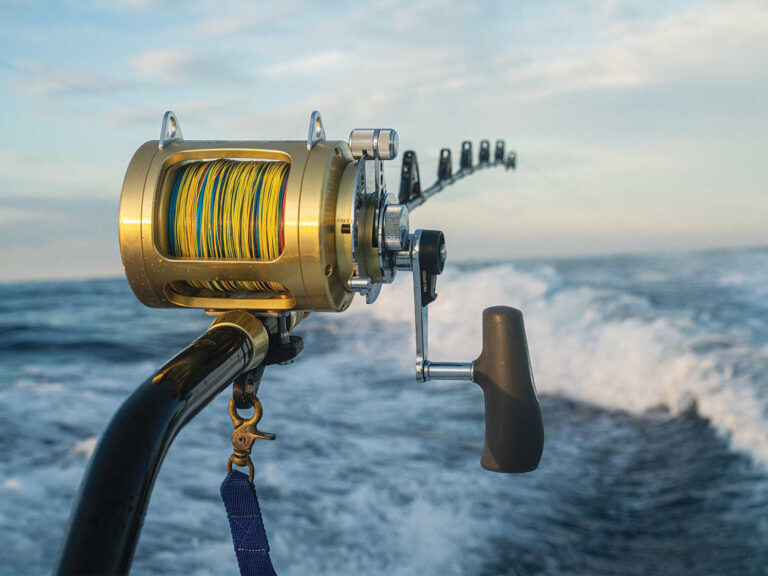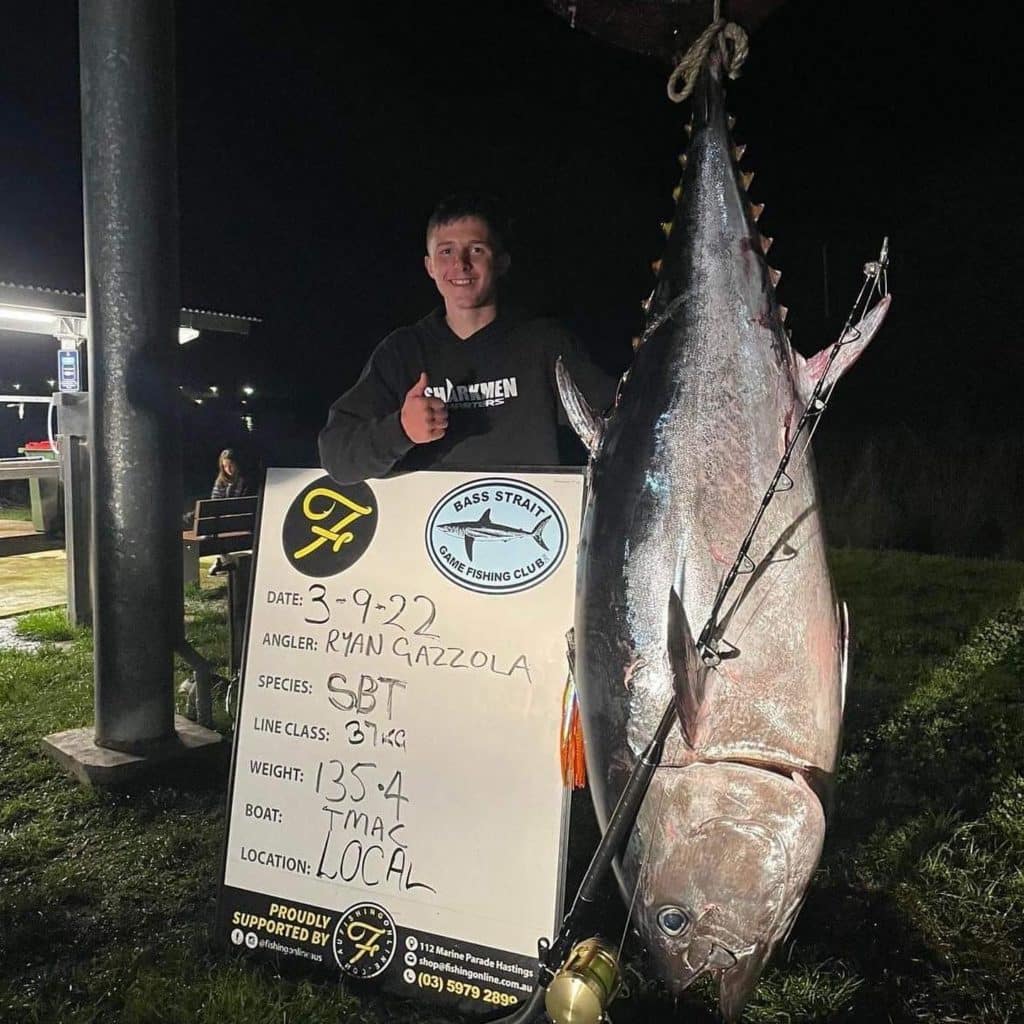
A southern bluefin tuna reeled in by an Australian teenager after an epic four-hour battle off Western Australia has set a national record for the longest time between tagging and recapture. The 298-pound fish, boated by Ryan Gazzola on Sept. 3, carried a tag that researchers with the Commonwealth Scientific and Industrial Research Organisation (CSIRO), Australia’s national science agency, attached in 1993, 29-and-a-half years ago.
Oldest Bluefin Tuna Recapture On Record
“The catch is the ‘longest time at liberty’ for a tuna tagged by CSIRO,” says Dr. Campbell Davies, senior principal research scientist with the organization. “It means this recapture is the record for the longest period that a fish has been in the wild following tag and release.”
The bluefin was 1 year old and measured 20 inches long when researchers captured it on February 24, 1993, off the same coast where Gazzola hooked it three decades later. By then the 30-year-old fish stretched 6 feet, 4 inches long and weighed 298 pounds.
Gazzola, 17, and two friends were fishing off Esperance when they spotted “a zoo of birds, seals and dolphins” feeding near Gunnamatta, on the Bass Strait side of the Mornington Peninsula near Cape Schanck. The bluefin struck about 30 seconds after they got the last rod of their spread in the water, ripping off 325 yards of line in its first run.
It took four hours to get the tuna in the boat—and less than a minute after that to realize there was something unique about the catch.
“Once it hit the deck, that’s when I spotted the tag,” Gazzola told Salt Water Sportsman. “I looked down and there was this orange tag hanging out just above its pectoral fin.”
Gazzola, who works as a deckhand for Sharkmen Charters says he’s caught tagged fish before and even tagged a few himself, but he’d never seen an orange tag. This one had a phone number, and ‘Hobart Reward’ written on it.

He got in touch with a fisheries officer in Hobart, who asked what color the tag was. “I said, ‘It’s orange,’” Gazzola says, “and the fisheries officer is just going ballistic, because of how rare they are. There hasn’t been one of them caught in a few years, I think.”
Bluefin Tuna Aging Methods Verified
Campbell says the catch is indeed “very special” because the orange tag signifies that the bluefin was injected with a strontium chloride solution at the time it was tagged and released as part of a large-scale research program run by CSIRO. Strontium chloride is a non-toxic salt that occurs naturally in seawater and results in a “mark” being laid down on the otoliths (ear bones) of the fish.
When scientists cut the otoliths in half and view them under an electron microscope, they can count the bands seen in the bony structures to tell how old a fish is, much like counting annual growth rings in wood to age a tree.
“If there are 29 bands after the strontium mark, then the scientists know their method for aging southern bluefin tuna is correct,” Campbell says of the research value of this recovery. “So not only is this fish the ‘longest time at liberty,’ if the mark from the strontium chloride has been successfully incorporated into the otolith it will provide the longest number of years for the validation of the periodicity of the rings in the otoliths of the tuna. This information is used to calculate how fast the fish grow, how big they are at different ages, when they mature, and what their rate of mortality is.”
Scientists were able to recover the bluefin’s head for examination, but not without a scramble. The head had been left in a dockside trash bin after the fish had been butchered and the meat distributed among the anglers, and it was retrieved just as a truck arrived to empty the bin.
Although the fish was recaptured near where it was tagged in 1993, it likely roamed great distances during its lifetime, according to Campbell.
“We expect this fish made migrations into the Indian Ocean,” he says. “From electronic tagging data, we know young southern bluefin tuna migrate annually across the southern Indian Ocean to feed, while adults migrate from southern foraging areas—such as around southeast Australia—into tropical spawning areas south of Indonesia.”
Long Distance Bluefin
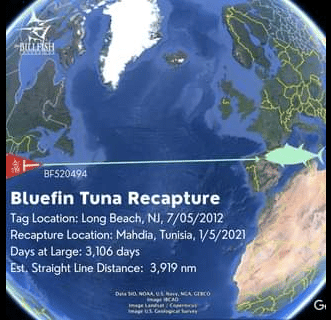
In January 2021, a western bluefin tuna that had been tagged off Long Beach, New Jersey, in 2012 by Steve Matthews and Bob Matthews on the Low Bid was recaptured 4,000 miles away in Mahdia, Tunisia, according to The Billfish Foundation, which posted about the recovery on its Facebook page earlier this month. In nine years the fish had more than doubled in size, from approximately 40 inches to 95 inches, and its weight, which was not recorded during tagging, was more than 560 pounds at recapture.
Editor’s Note: Got an interesting catch? We’d love to hear about it! Drop us a line with all the details at [email protected].

